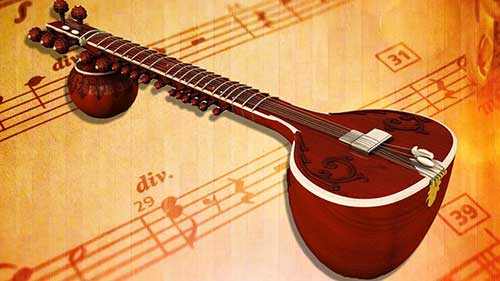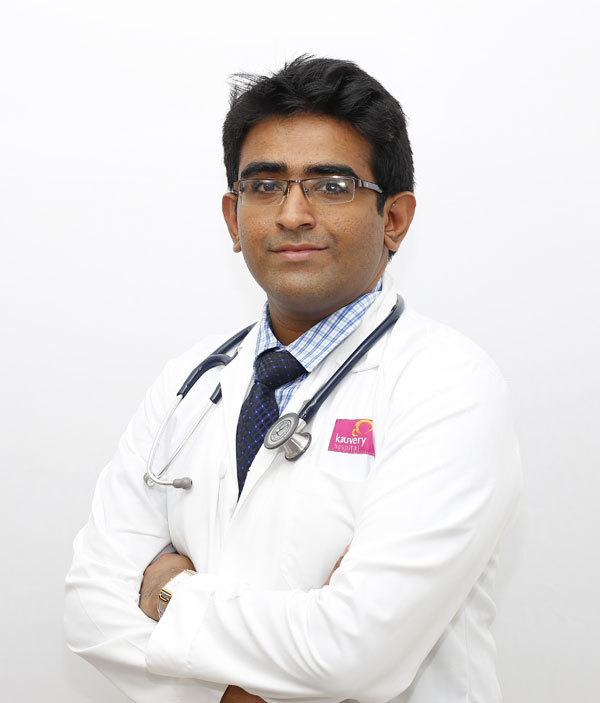International Music Day is celebrated on the 21st of June every year. Dr. Balaji Kirushnan shares the health benefits of music as his tribute to music lovers.

Music therapy is an established health profession in which music is used as a therapeutic treatment to address the physical, emotional, cognitive and social needs of individuals. The idea of music as a healing influence which could affect health and behavior positively is as old as the writings of Aristotle and Plato. The 20th century discipline began after World War I and World War II when community musicians, both amateurs and professionals, went to veterans’ hospitals around the country to play for the thousands of veterans who were suffering both physical and emotional trauma from the wars.
Carnatic music is deeply rooted in the cultural system of India. The role of Carnatic music in aiding and curing diseases is well-known. Ragas are a fundamental concept in Carnatic music. It means colour in Sanskrit. Ragas are combinations of various notes or swaras, which give a particular sequence. All compositions that we hear in a concert have various ragas, which give colour to the listeners and lighten their mood.
There are 72 melakartha ragas or parent ragas and more than a 100 janya ragas which are derived from them. Ragas can also be classified based on the time of the day i.e. morning ragas like Bhoopalam and Bowli, afternoon ragas like Bhimpalasi and Brindavani Sarang, evening ragas like Hamir Kalyani and Durga and night ragas like Kurunji and Nilambari to name a few. Ragas are known to stimulate certain areas of the brain to release endorphins, the happiness hormones, which elevate a person’s mood. A feeling of sadness is invoked by ragas like Shubhapanthuvarali and Sivaranjani whereas ragas like Mohanam and Kadanakuthukalam invoke happiness.
The Indian Journal of Surgery published a study in 2012, which said that exposure to the raga Ananda Bhairavi showed a positive effect in postoperative pain management. This was evidenced by a reduction of 50% in the analgesic requirement for those who listened to the raga postoperatively for three days.
In another study by Dr Subramanian, 40 patients were divided into two groups. Both groups received pharmacological treatment as per standard protocols prescribed by psychiatrists. While 20 patients were advised to listen to Shankarabharanam for 15-20 minutes twice a day for a month, the remaining 20 were asked to listen to Kalyanavasantam for a similar time period. The severity of depression was reassessed. It was found that an improvement in symptoms was noted in most, which made it possible to reduce the dosage of antidepressant medicines they received. The other diseases in which ragas and music therapy have been helpful are listed below:
- Acidity: Raga Puriya Dhanashri is known to have positive effects in treating acidity and it also promotes a happy disposition.
- Diabetes and Hypertension: Raga Bageshri calms the mind and promotes mental strength. This raga has been found to help control hypertension.
- Easing Tension: Raga Darbari has been proven to be effective in reducing the stress levels of individuals. Its composition is attributed to Tansen, who composed it to calm Emperor Akbar after a stressful day.
- BP Reduction: Raga Todi is effective in bringing down high blood pressure levels. Raga Ahir-Bhairav also does the same.
- Hypotension: Raga Malkauns is helpful in treating patients who have very low blood pressure levels.
- Tuberculosis, cancer, cold, sinusitis and toothache: Raga Bhairavi has been known to help patients suffering from these diseases.
- Asthma and Sun-Stroke: Raga Malhar has shown good results in treating asthma patients.
- Cold and Headache: A persistent headache and cold are effectively controlled by Raga Todi.
- Blood Purification: Ragas Hindolam and Marva help cleanse the blood.

Dr. Balaji Kirushnan
Consultant Nephrologist
Kauvery Hospital, Chennai

